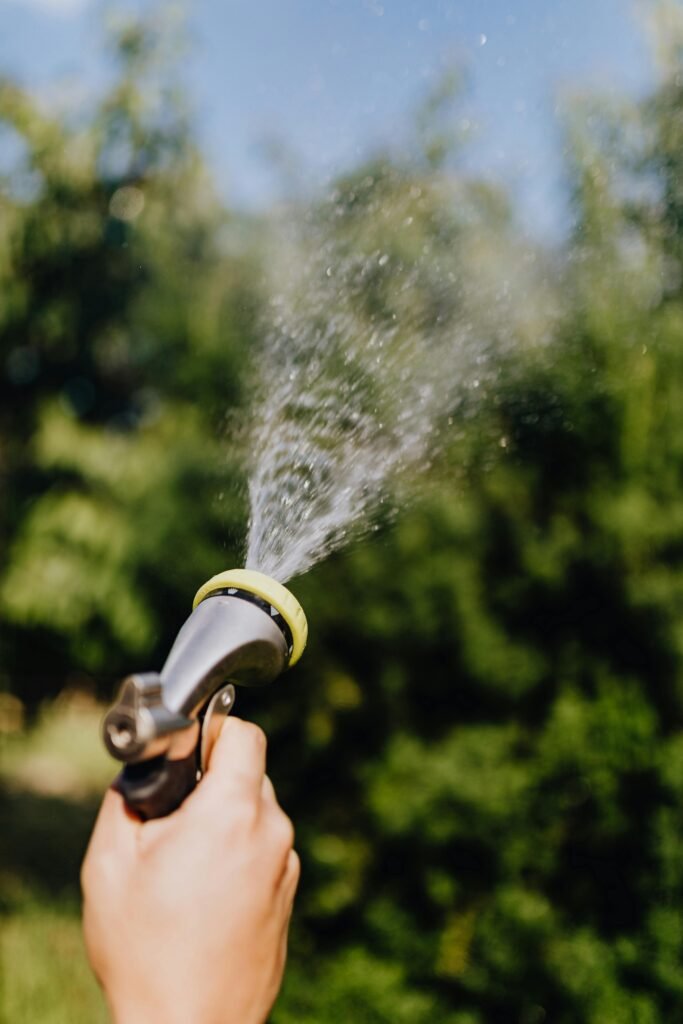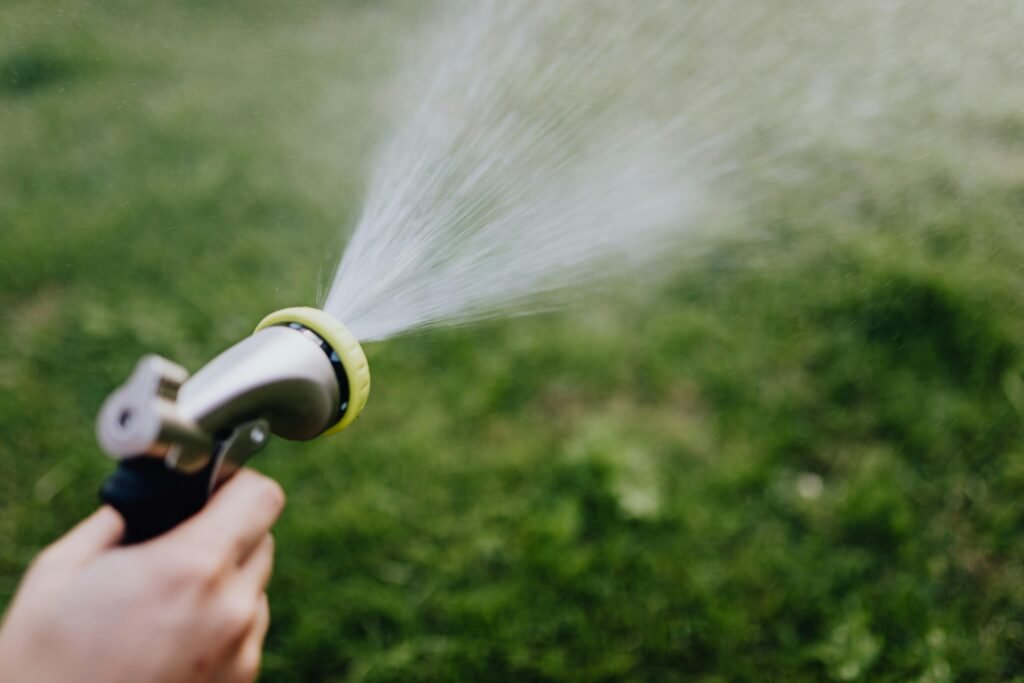1. Essential Track of Garden Hand Tools
- Trowel & Transplanting Trowel – for digging and precise planting. High-quality steel, sturdy welds matter.
- Weeder & Widger – for removing stubborn weeds and planting small seedlings
- Hoe (draw & scuffle types) – shape soil, remove weeds effectively Wikipedia.
- Rake – for leveling soil, collecting debris, and furrowing.
- Pruning Shears (Bypass & Anvil) – clean cuts on live wood vs tough dead branches. Material matters (stainless vs carbon vs titanium).
- Loppers – extend reach and leverage for thicker branches >2 cm.
- Broadfork – ideal for no-till soil aeration using body weight, preserving soil layering.
- Hori-Hori/Mini tools & Specialty – versatile, especially for dividing perennials or detailed work. (Guardian endorses hori-hori and Niwashi).

2. Ergonomics & Material Guide
- Use tools with ComfortGEL® grips or ergonomic handles for fatigue reduction.
- Bright-colored handles help spot misplaced tools easily.
- Material selection:
- Carbon steel holds sharp edges but rusts easily.
- Stainless steel resists corrosion but may wear faster.
- Titanium-coated blades offer durability, corrosion resistance—gold tinge indicates coating.
3. Maintenance: Care for Long-lasting Tools
- Always clean tools after use, especially blades—recommended by gardening experts.
- Sharpen pruners in winter, dismantle and clean; oil wooden handles with linseed annually.
- Invest in quality tools—Japanese brands like Hori-Hori, Okatsune, Tobisho deliver precision and longevity.
4. Niche Tools That Elevate Your Gardening Game
- Broadforks for effortless soil prep while keeping soil structure intact and aerated Wikipedia.
- Hori-Hori knife – works for planting, dividing, measuring, and cutting tough roots The GuardianThe Times.
- Market insight: global garden hand tools valued at USD 19.85 billion in 2024; expected to hit USD 26.19 billion by 2032—growing consumer and DIY demand Straits Research.
5. Tool Comparison Table: Pros & Cons
| Tool Type | Strengths | Considerations |
|---|---|---|
| Trowel | Precise digging, compact | Small area work only |
| Lightweight Rake | Soil leveling, debris gathering | Requires physical effort |
| Pruning Shears | Accurate cuts, ergonomic options | Needs regular sharpening |
| Broadfork | Efficient, preserves soil layering | Requires physical posture effort |
| Hori-Hori / Mini Tools | Multi-function, robust design | Pricier upfront |
(This table builds on identified gaps and adds clear comparison.)

6. Final Expert Recommendations
- Start with a high-quality kit—trowel, weeder, pruning shears—and build from there.
- Embrace ergonomics to enjoy gardening longer, pain-free.
- Prioritize maintenance—cleaning, sharpening, oiling—tools last decades.
- Explore niche tools (broadfork, hori-hori) for smarter, not harder, gardening.
Enjoy confident, comfortable, and sustainable gardening—rooted in quality tools, smart care, and thoughtful innovation.
FAQs on Garden Hand Tools
Q1. What are the must-have garden hand tools for beginners?
A high-quality trowel, weeder, and pruning shears are essential starters. These cover digging, weed removal, and plant care.
Q2. What’s the difference between bypass and anvil pruning shears?
Bypass shears make clean cuts on live, green stems.
Anvil shears are better for cutting hard, dead wood.
Q3. Why choose carbon steel over stainless steel tools?
Carbon steel: stays sharper longer but rusts quickly if not maintained.
Stainless steel: resists rust but may dull faster.
Q4. Are ergonomic handles worth the extra cost?
Yes. Ergonomic grips reduce hand fatigue, especially for longer gardening sessions, making them a good investment.
Q5. How do I maintain garden hand tools for long life?
Clean blades after every use.
Sharpen pruners annually (often in winter).
Oil wooden handles with linseed oil once a year.
Q6. What is a broadfork, and do I need one?
A broadfork is a large tool for aerating soil without disturbing its natural layers. It’s highly recommended for no-till and sustainable gardening, especially in larger beds.



